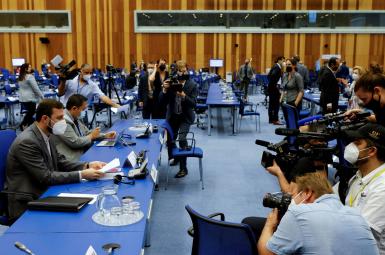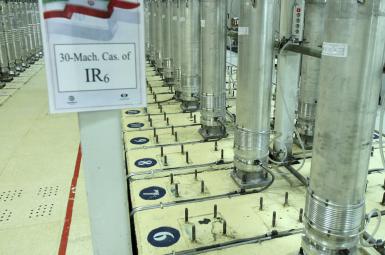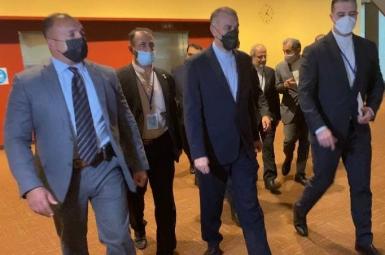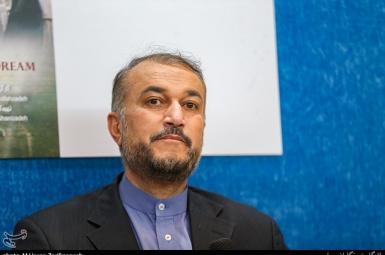
Iran's Currency Falls Amid Uncertainty Over Nuclear Talks
Iran’s currency the rial dropped to its lowest point since the beginning of the new Iranian year on March 21, by crossing the 260,000-rial mark against the US dollar on Tuesday.
This major decline of 1,000 points in recent days, after President Ebrahim Raisi took office last week, is an important wake-up call for him as he assembles his cabinet and economic team. Just a week ago, the dollar was trading around 250,000 to the dollar.
Fararu website in Tehran said that uncertainty surrounding Iran’s nuclear talks with the West and military advances made by the Taliban in Afghanistan are the major contributing factors to rial’s decline.
Iran’s currency has steadily fallen since the Islamic Republic was established in 1979, dropping from 70 rials during the last years of the monarchy to the current 261,000, a more than eightfold decline.
Major declines in recent years have been closely correlated with economic sanctions against Tehran. International sanctions in early 2010s took the rial from 10,000 to around 30,000 against the dollar by 2017, when it had become relatively stable because of the nuclear deal concluded with the United States and other world powers.
After the election of Donald Trump and his clear opposition to the Joint Comprehensive Plan of Action, JCPOA, pessimism began to creep in about Iran’s prospects. By the end of 2017 it was clear that the United States might withdraw from the agreement, and possibly reimpose sanction. The rial began a steep dive in early 2018, and since the US withdrawal from JCPAO in May of that year and imposition of new sanctions, the currency’s vows have continued until now.
Earlier this year, Iranian officials were talking about the rial regaining some strength, after President Joe Biden signaled his readiness to open talks with Iran and rejoin the JCPOA, meaning some of the stringent Trump sanctions would be reduced. But talks in Vienna since April have not led to an agreement so far.
The election of Raisi, generally seen as a hardliner president close to Supreme Leader Ali Khamenei and supported by the Islamic Revolution Guard Corps (IRGC), has increased doubts about a quick resolution to the Vienna talks. This is contributing to rial’s decline in Tehran.
The Central Bank of Iran appears unwilling or unable to inject more hard currencies into the market, now completely driven by big and small currency traders. In addition to businesses that need dollars and euros for imports, ordinary Iranians have been hoarding dollars at home. Some estimates say that Iranians are keeping $30 billion dollars in cash, as the banking system is controlled by the government.
Having lost most of its oil export revenues and having spent a substantial part of its hard currency reserves since 2018, Iran’s government and its central bank do not have the resources to support the rial.
Local media in Tehran are now asking how far the dollar would rise. The previous all-time high was 300,000 rials in 2020 and with the decline in recent days and lack of a clear sign of a possible agreement with the United States, it is possible for the rial to sink much further, local analysts tell the media.








